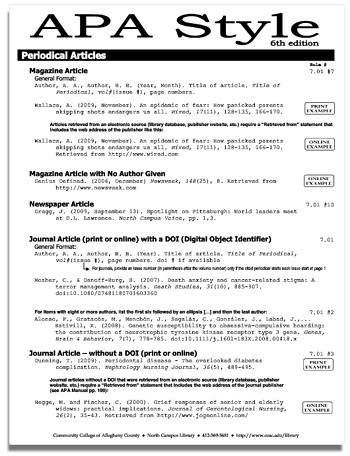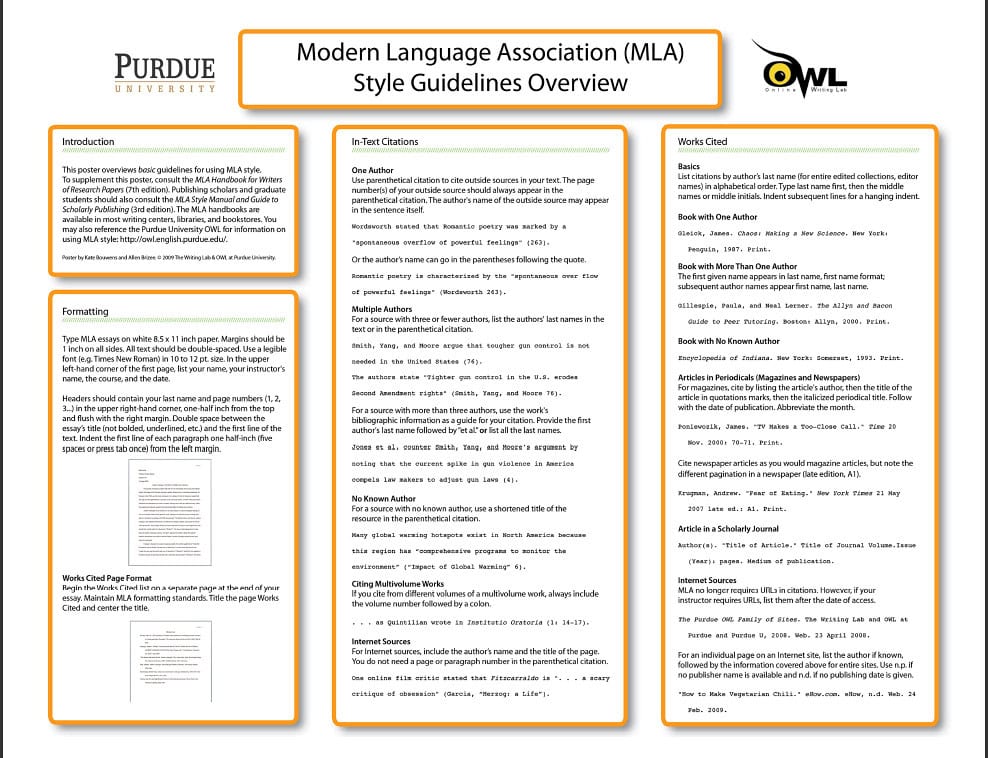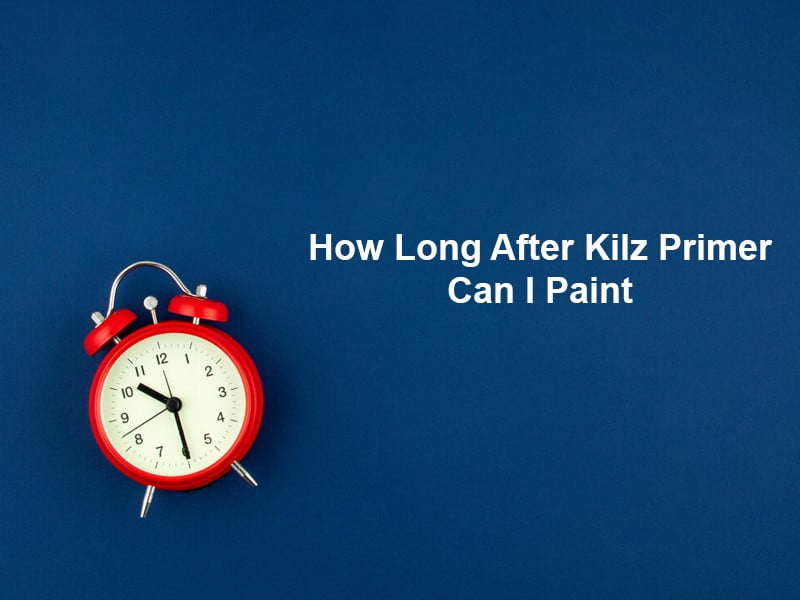APA (American Psychological Association) and MLA (Modern Language Association) are two of the most widely used citation styles in academic writing. While both provide guidelines for citing sources, they have distinct rules and conventions. This comprehensive comparison will delve into the key differences between APA and MLA, touching upon various aspects, including formatting, in-text citations, reference pages, and their primary use cases.
APA (American Psychological Association)
General Formatting
- Page Setup:
- APA: Typically, APA papers are formatted with one-inch margins on all sides, double-spacing, and a 12-point Times New Roman font.
- MLA: MLA papers also use one-inch margins and double-spacing but require a 12-point, legible font, such as Times New Roman or Arial.
- Title Page:
- APA: APA papers include a title page with the title, author’s name, institutional affiliation, and author note (if applicable).
- MLA: MLA papers do not require a separate title page. The title, author’s name, instructor’s name, course, and date are included on the first page.
- Headings:
- APA: Utilizes a system of headings and subheadings to organize content. These headings are bold and centred.
- MLA: Uses a simpler system of headings, with the author’s last name and page number at the top of each page. Subheadings are rare.
In-Text Citations
- Author-Date System:
- APA: Employs an author-date citation system, where the author’s last name and the publication year are included in parentheses within the text (e.g., Smith, 2020).
- MLA: Also uses an author-page number system within the text (e.g., Smith 25). The page number is included without the need for a comma.
- Et al. Usage:
- APA: “et al.” is used after the first mention of a source with three or more authors (e.g., Smith et al., 2020).
- MLA: “et al.” is also used after the first mention of a source with three or more authors, but “et al.” is italicized (e.g., Smith et al. 25).
- No Page Numbers:
- APA: When paraphrasing, page numbers are not required in APA in-text citations.
- MLA: MLA in-text citations require page numbers for paraphrased content.
Reference Page
- Layout and Formatting:
- APA: The reference page in APA style is titled “References” and is alphabetically ordered. Each entry follows a specific format, including the author’s last name, initials, publication year, title, and source information.
- MLA: The reference page in MLA style is titled “Works Cited” and is also alphabetically arranged. Entries include the author’s last name, first name, title, publisher, and publication year.
- Italics for Titles:
- APA: Titles of books, journals, and other publications are italicized in the reference list.
- MLA: Titles of books, journals, and similar works are italicized in the Works Cited page.
MLA (Modern Language Association)
General Formatting
- Page Setup:
- APA: Requires one-inch margins on all sides, double-spacing, and a 12-point Times New Roman font.
- MLA: Also uses one-inch margins and double-spacing but allows for more font choices, such as Times New Roman or Arial.
- Title Page:
- APA: Includes a title page with specific formatting guidelines.
- MLA: Generally does not require a separate title page but includes the necessary information on the first page.
- Headings:
- APA: Uses a hierarchical system of headings with specific formatting.
- MLA: Employs a simpler system of headings, including the author’s last name and page number at the top of each page.
In-Text Citations
- Author-Page Number System:
- APA: Utilizes an author-date citation system.
- MLA: Also uses an author-page number system within the text.
- Et al. Usage:
- APA: “et al.” is used after the first mention of a source with three or more authors.
- MLA: “et al.” is used after the first mention of a source with three or more authors but is italicized.
- Page Numbers for Paraphrases:
- APA: Page numbers are not required when paraphrasing.
- MLA: MLA in-text citations require page numbers for paraphrased content.
Works Cited Page
- Layout and Formatting:
- APA: The reference page in APA style is titled “References” and follows specific formatting guidelines.
- MLA: The reference page in MLA style is titled “Works Cited” and is also formatted following specific guidelines.
- Italics for Titles:
- APA: Titles of books, journals, and similar works are italicized in the reference list.
- MLA: Titles of books, journals, and similar works are also italicized in the Works Cited page.

Key Differences Between APA and MLA
Formatting and Style
| Aspect | APA | MLA |
|---|---|---|
| Font Options | Typically, Times New Roman | More font choices allowed |
| Title Page | Required | Generally not required |
| Headings | Hierarchical system | Simpler heading system |
In-Text Citations
| Aspect | APA | MLA |
|---|---|---|
| Citation System | Author-date | Author-page number |
| Et al. Usage | “et al.” used after 1st mention of source with 3+ authors | “et al.” used after 1st mention of source with 3+ authors, italicized |
| Page Numbers for Paraphrases | Not required | Generally required |
Reference/Works Cited Page
| Aspect | APA | MLA |
|---|---|---|
| Title | “References” | “Works Cited” |
| Formatting | Specific guidelines | Specific guidelines |
| Italics for Titles | Titles of works italicized | Titles of works italicized |

Summary and Conclusion
In summary, both APA and MLA are widely used citation styles, each with its own unique formatting, in-text citation rules, and reference/works cited page guidelines. Understanding the distinctions between these styles is crucial for scholars, researchers, and students to effectively format and cite their academic work.
The choice between APA and MLA depends on the specific requirements of a given discipline or publication and should align with the expectations of the target audience.


























